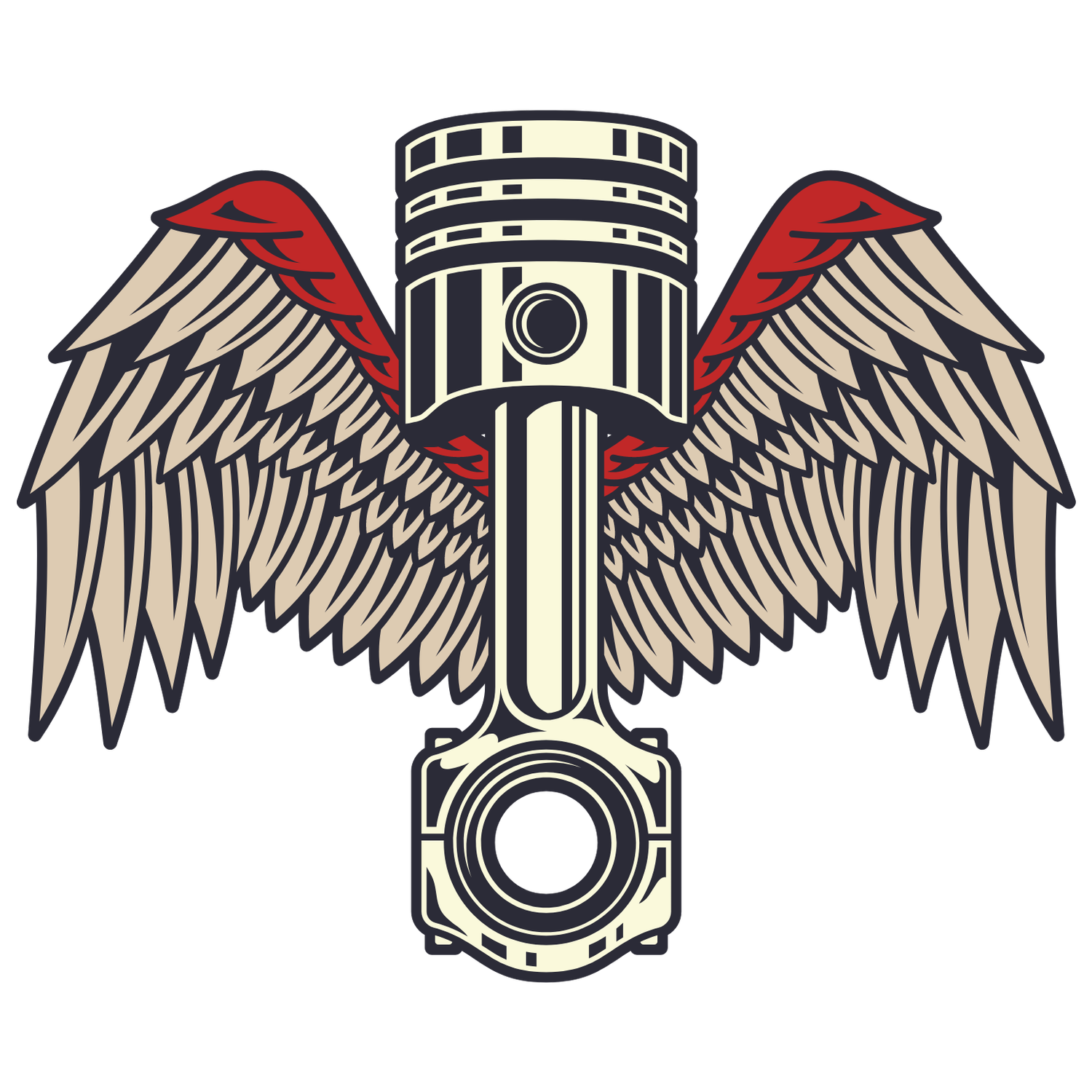8 Must-Know Facts About Engine Restoration Techniques
Engine restoration is an art that combines mechanics, passion, and a sprinkle of history. Whether you're a seasoned restorer or just dipping your toes into this fascinating world, understanding the techniques can enhance your skills. Here are eight crucial facts that will help you on your journey to reviving engines and keeping them running smoothly.
1. Understanding the Basics of Engine Anatomy
To successfully restore an engine, it’s essential to familiarize yourself with its various components. Knowing how each part works together is the first step toward an effective restoration. A good place to start is by studying the major components like the block, pistons, and crankshaft. These elements are the heart of the engine, and understanding their functions will help you grasp how to fix issues that arise during restoration.
Additionally, don’t overlook smaller components that play critical roles, like gaskets and seals. These often-agreed-upon culprits can lead to performance issues if left unchecked. Having an overall understanding means you can approach your restoration with confidence, knowing what to prioritize and what each component requires. This foundational knowledge sets a solid base for your restoration journey.
2. The Importance of a Thorough Inspection
Before diving in, conducting a thorough inspection of the engine will help identify problems. This step can save time and resources in the long run. During an inspection, focus on signs of wear and tear, such as leaks or unusual noises. These could indicate deeper issues that may not be immediately apparent.
Taking the time to check for these symptoms can be a game-changer. Document your findings, as this will guide your restoration process. Having a clear picture of what's wrong allows you to create a prioritized plan of action, ensuring that you won’t miss any essential fixes as you move forward.
3. Cleaning Techniques that Make a Difference
Using the right cleaning methods not only prepares the engine for restoration but also prevents further damage. Techniques may include chemical cleaning, vapor blasting, and more. Each cleaning technique has its merits, and it’s worth investing time in understanding how they work.
For example, vapor blasting uses a mix of water and abrasive media to clean surfaces. It's gentler on parts than traditional sandblasting, providing a clean finish while preserving the integrity of sensitive components. Choosing the right technique can result in a better restoration outcome and can save you from costly mistakes.
4. Choosing the Right Tools for the Job
Having the right tools can make all the difference in your restoration process. From wrenches to diagnostic tools, equipping yourself can enhance accuracy and efficiency. While it may be tempting to start without a full toolkit, investing in quality tools can pay off in both the short and long term.
Basic tools include a set of wrenches, screwdrivers, and pliers. However, you might also consider specialized tools like a valve spring compressor or an engine stand. Each tool plays a specific role in aiding you during various stages of the restoration, making your work smoother and more enjoyable.
5. Rebuilding Components for Optimal Performance
Some engine parts can be rebuilt. Understanding how to successfully refurbish components like carburetors and cylinder heads plays a significant role in restoration. Rebuilding not only saves money but also allows you to replace worn parts with durable materials tailored to your engine’s specifications.
Additionally, while rebuilding components, you might discover unique challenges that push your skills. Embracing these challenges can lead to greater proficiency and an overall enhanced understanding of how engines work. Take the time to learn best practices for rebuilding so you can feel confident in your abilities.
6. When to Replace vs. Repair Parts
Knowing when to replace parts is just as important as knowing how to repair them. This fact can save you from unnecessary expenses and time. For instance, if a component shows signs of extensive damage or wear, a replacement might be more cost-effective compared to a repair that may not hold up in the long run.
Conversely, some parts can be restored with careful attention, allowing you to maintain the authenticity of your engine. Always weigh the pros and cons before making a decision; sometimes, restoration can yield great results that add character to the finished project.
7. The Role of Technology in Restoration
Modern technology can streamline your restoration efforts. From diagnostic software to 3D printing for custom parts, leveraging tech can enhance traditional techniques. For instance, diagnostic tools can quickly identify issues that might take hours to find manually.
Moreover, utilizing computer-aided design (CAD) software can allow you to visualize modifications or enhancements you want to make. This tech-savvy approach can help you ensure precision in your work while saving significant amounts of time. Embracing these advancements can elevate your restoration project to new levels, blending old-world charm with modern efficiency.
8. Documenting Your Restoration Process
Keeping meticulous records during your restoration can be invaluable. Not only does it help in troubleshooting later, but it can also add value if you decide to sell the vehicle. Documenting each step and any modifications you make offers insights into the work involved.
Additionally, this record-keeping can help you track parts, expenses, and labor invested into the project. When potential buyers can see a detailed account, it can influence their decision and prove that you maintained quality throughout the process. Plus, it can serve as a personal keepsake showcasing your effort and progress on this rewarding journey.

